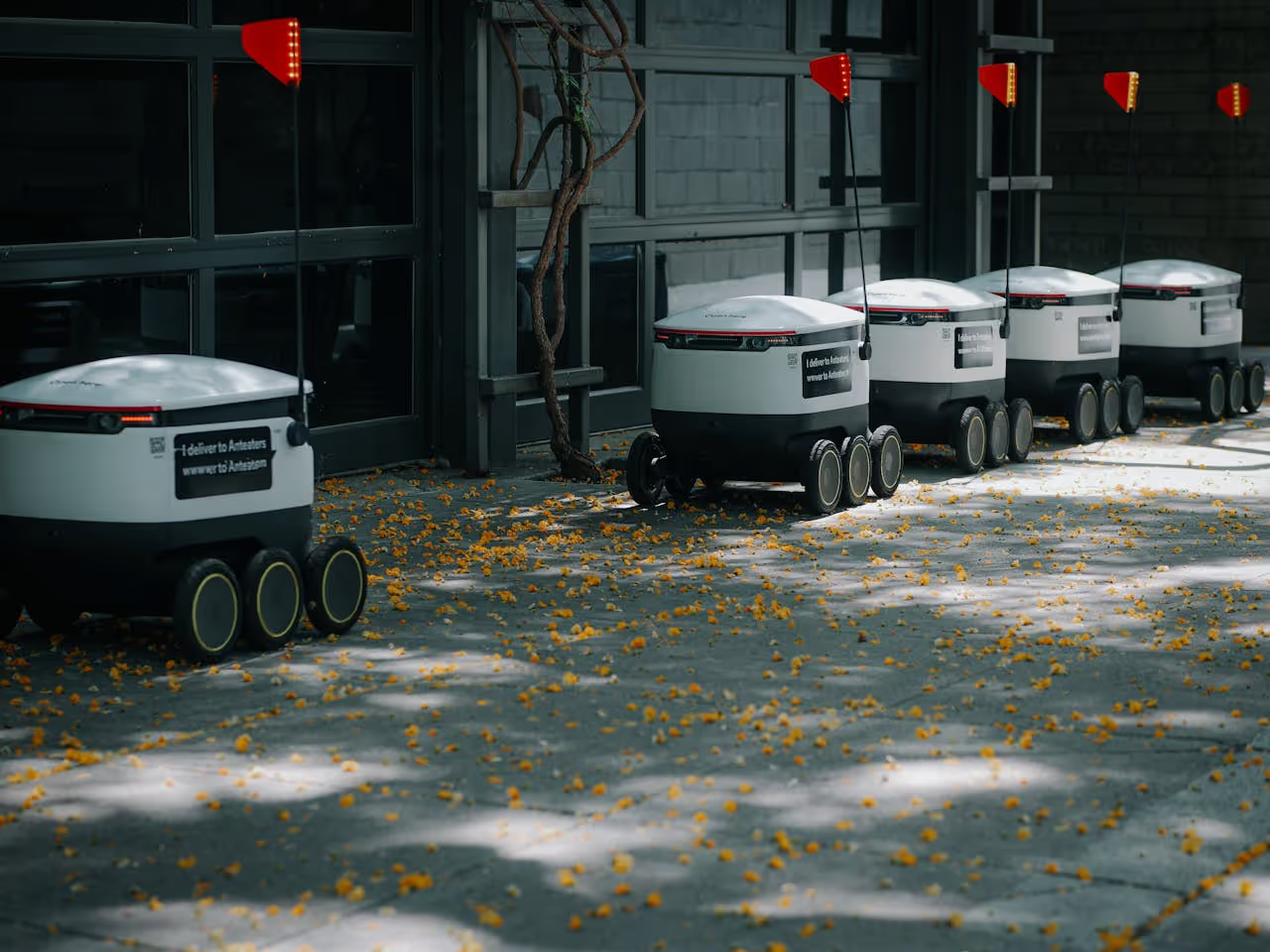For most startups, growth is a balancing act. Scaling too slowly risks being overtaken by competitors; scaling too quickly can collapse under the weight of inefficiencies, quality issues, and overwhelmed teams. In this high-stakes environment, robotics and automation are emerging as the hidden growth engines that allow ambitious companies to leap from scrappy beginnings to scalable, global players.
The big shift? Robotics is no longer the exclusive territory of billion-dollar manufacturing giants. Thanks to falling costs, modular systems, and robotics-as-a-service models, startups can now deploy automation early — setting the stage for hypergrowth without the growing pains.
Why Scaling is So Hard for Startups
The transition from startup to scaleup is often where companies fail. Product-market fit is proven, demand is growing, but systems and processes are still designed for a small operation.
Common scaling pain points include:
- Capacity constraints – Meeting surging demand without sacrificing quality.
- Workforce challenges – Recruiting, training, and retaining talent at scale.
- Process inefficiencies – Manual operations that don’t scale linearly.
- Quality control risks – Inconsistent output as production ramps up.
Without automation, scaling often means throwing more people and hours at the problem — a costly and unsustainable approach.
Robotics as a Growth Multiplier
Robotics changes the scaling equation by decoupling output growth from headcount growth. Automated systems can:
- Operate 24/7, eliminating shift limits.
- Maintain consistent quality at higher volumes.
- Scale modularly, adding units as demand grows.
- Reduce variable labor costs, freeing capital for R&D and market expansion.
In short, robotics enables capacity scaling without proportional cost scaling, a key factor in sustaining hypergrowth.
The Startup Advantage: Deploying Early
While many established companies retrofit robotics into existing processes, startups have the advantage of designing with automation in mind from day one.
By integrating robotics early, startups can:
- Build scalable workflows that don’t need reinvention later.
- Avoid hiring spikes that strain culture and training resources.
- Attract investors with a capital-efficient scaling model.
Automation also signals operational maturity to enterprise customers and partners — a factor that can accelerate B2B sales cycles.
Case Study: Scaling a Hardware Startup
Consider a small consumer electronics startup producing smart home devices. Initial assembly is manual, handled by a team of 15. Orders double in six months after a viral marketing campaign.
Instead of doubling headcount, the company invests in collaborative robots (cobots) for assembly and testing. By integrating robotics with their existing ERP and quality systems, they:
- Increase output capacity by 3x in 12 months.
- Maintain a defect rate below 0.5%.
- Reduce per-unit labor cost by 40%.
This automation-first approach allows them to fulfill larger retail contracts and enter international markets without the typical bottlenecks.
Robotics Across Growth Stages
Seed to Series A: Proving the Model
At this stage, robotics can automate the most repetitive, error-prone tasks to improve quality and free human teams for innovation. Examples: product testing rigs, automated packaging, or RPA for back-office functions.
Series B to Scaleup: Expanding Capacity
Robotics becomes a lever for meeting large customer contracts and shortening lead times. Modular systems allow incremental scaling without major overhauls.
Series C and Beyond: Globalizing Operations
Automation ensures consistent standards across facilities, geographies, and time zones. Analytics-driven robotics enables real-time performance monitoring across the network.
Automation and the Economics of Hypergrowth
Robotics isn’t just about replacing manual labor — it’s about changing the growth math.
With manual scaling:
Doubling output often means doubling costs and complexity.
With robotic scaling:
Doubling output may mean only a 20–40% increase in costs, with far fewer process disruptions.
The long-term ROI compounds: savings from reduced labor and waste can be reinvested in product development, marketing, and market entry — fueling a virtuous growth cycle.
Designing for Flexibility
One of the biggest misconceptions about robotics is that it locks companies into rigid processes. In reality, modern robotics is highly adaptable:
- Cobots can be reprogrammed in hours to handle new products.
- Automated guided vehicles (AGVs) can be rerouted with software updates.
- Vision systems powered by AI can learn to recognize new SKUs without physical retooling.
For scaleups, this flexibility is vital. It means they can respond to shifting demand, new customer requirements, or supply chain disruptions without major downtime.
Leveraging Robotics-as-a-Service (RaaS)
For startups wary of heavy capital expenditure, Robotics-as-a-Service offers subscription-based access to automation. Instead of buying robots outright, companies pay monthly fees that include hardware, software, maintenance, and upgrades.
This model:
- Preserves cash flow — critical for growth-stage companies.
- Reduces risk — systems can be scaled up or down as needed.
- Ensures technology currency — always using the latest hardware/software.
RaaS also makes robotics accessible to non-manufacturing startups, such as logistics providers, food tech companies, or e-commerce brands.
Analytics: The Secret Weapon in Scaling Automation
Deploying robotics is only half the battle — scaling efficiently requires data-driven decision-making.
Robotic systems embedded with sensors and analytics platforms provide:
- Real-time performance metrics for each unit.
- Predictive maintenance alerts to prevent downtime.
- Workflow optimization insights to remove bottlenecks.
This visibility allows companies to scale intelligently, expanding where ROI is highest and adjusting where efficiency lags.
The Cultural Shift
Automation can create anxiety among employees, but for startups moving into hypergrowth, the narrative is different: robotics often protects culture by preventing burnout.
Instead of overloading teams with repetitive tasks during growth surges, automation absorbs the pressure. This lets human employees focus on creative, customer-facing, or strategic work — roles that strengthen engagement and retention.
Startups that communicate this clearly often find automation adoption smoother and more widely supported.
Challenges to Watch Out For
Even with all its benefits, automation in scaling companies comes with challenges:
- Over-automation – Deploying robotics where volume doesn’t justify it can strain resources.
- Integration complexity – Automation must align with existing software and workflows.
- Skill gaps – Scaling robotics requires training staff to operate, maintain, and analyze them.
- Capital constraints – Even with RaaS, large-scale deployment can require significant investment.
The key is phased implementation, starting with high-ROI processes and expanding as cash flow and demand allow.
The Next Decade: Robotics as a Standard Scaling Tool
Within the next 10 years, robotics will likely move from competitive advantage to baseline expectation in scaling companies. Investors, partners, and customers will see automation readiness as a sign of operational maturity.
The winners will be those who:
- Start automation early
- Combine robotics with analytics for continuous optimization
- Keep flexibility to pivot as markets shift
In hypergrowth markets, speed without efficiency is just acceleration toward burnout. Robotics ensures that scaling companies grow not only fast, but smart.
The Scaleup Advantage
For startups ready to take the leap into scaleup territory, robotics offers a unique advantage: it allows them to grow at rates that competitors simply can’t match without proportional increases in cost and complexity.
By leveraging automation as a core growth strategy — not an afterthought — today’s startups can become tomorrow’s global leaders, scaling capacity, quality, and reach without losing the agility that made them successful in the first place.
In the race from startup to scaleup, the fastest path forward might just be built on robotic foundations.







